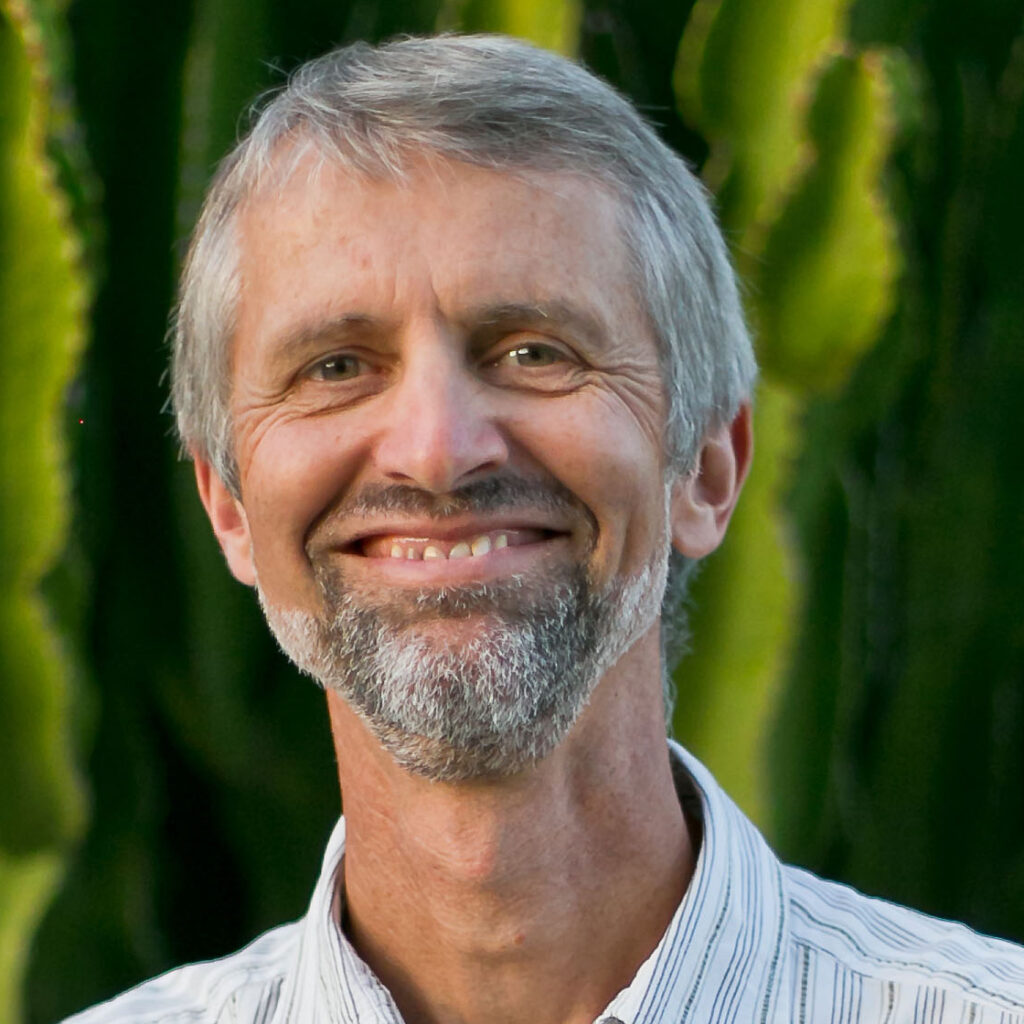If we want to end Bible poverty, we will have to begin with ourselves. But how?
Here is good news. The Word of God is like laundry detergent. If you give it time, it will work. This is the main thing: give it time. Trust the process. Whatever else we do, let’s make sure there is room in our lives for the Book.
But in what way? We all know the children’s song, “Read Your Bible, Pray Every Day.” Well, that is great advice when we are young in the faith. But seeing we are all unique, and therefore all uniquely different, a one-size-fits-all approach probably won’t work, not in the long run.
The clinch is… because of this, because of our differences, no one can tell us the right way. We all have to discover for ourselves our best way(s) of doing it.
And therefore, the best way forward may be to stop whatever you are doing with the Bible and ask: How can I best engage with this Book (or help others engage with it)?
Let’s look at some options. The title speaks of new ways of engaging with Scripture. However, many of the old ways are perfectly fine and may be the best answer for you: activities like just read, study, Lectio Divina, meditate.
Just read. The Bible is a book, so why not read it like any other book?
Study, whether topically or book by book. For help with the latter, check out the Inductive Bible Study Book by Bookguides.
Lectio Divina is a monastic way of engagement that combines reading with praying. It is ancient, but it still works. For a quick explanation, see here; for a longer introduction, read the Wikipedia article.
Meditate. This is an important one because it can be done in the shortest of times and therefore fits even the busiest life. And it feeds and restores the soul, perhaps more than any other activity. Meditation is easier caught in practice than taught in theory, so here’s a demo I did some years back, (the actual demo starts at 15:23 minutes).
Moving beyond the obvious and familiar, a few more suggestions, beginning with those that build on meditation. There are many ways to meditate, including new ones, not yet thought of.
Journal. One form of meditation is to journal your thoughts as you go. Seeing our value in Youth with a Mission is first practice, then teach, I am not qualified to say much about it; it is not my way. But I know some find it tremendously helpful, so I will at least mention it.
Ignatian meditation. Ignatius of Loyola developed this form of Bible meditation during the formative phase between his conversion and the founding of the Jesuit order. It is an exercise of the imagination. Basically, it means placing yourself in the story. In the case of Ignatius, these were gospel stories, but it works for any story. What would it have been like to be there, as one of the participants or spectators? What would the experience have been like? What would have gone through the character’s mind?
Guided meditation. I first used guided meditation while teaching Leviticus. I took Chapter 1, instructions for the burnt offering, and I asked people to visualise or imagine in their minds being the person who brings their animal to the tent of meeting as a sacrifice and going through the ritual as I slowly described the procedure to them. This is a form that works well for rituals, but especially for stories in the Bible.
Guided group meditation. I have used a guided group meditation with Leviticus 16, the Day of Atonement, but it works with most passages. I read the text sentence by sentence, leaving some room after each verse for people to respond.
That’s all. It is simple, but it comes with real potential to lead people to a fresh encounter with the text and to learn from other people’s observations and reflections.
Read a different translation or language. It forces us to pay close attention to the text, word by word, which is especially helpful if we are overly familiar with many passages.
Read with others: Route 66. Form a Bible reading group. Agree on a schedule to meet and read together aloud through a particular section of the Bible. Since there are 66 books in the Bible, at one point, this idea was going around as Route 66.
Read books of the Bible as literature. When I say literature, I am not thinking of fiction, but I do mean art. The Bible is full of great art: wonderful poetry, marvellous storytelling, and more. Apparently, anything worth saying is worth saying beautifully. For an introduction to the different types of literature, see Gordon Fee and Douglas Stuart, How to Read the Bible for All Its Worth. This leads to the next idea:
Use a piece of art as your point of departure. After all, much of art is religious or at least religiously influenced. Observe, meditate, and connect it to the relevant passage of Scripture.
Be creative, if you are so inclined: read a passage or a book, and turn it into a painting, a song, or other creative expression.
Listen to the Bible. After all, who says you have to read? Check out BibleGateway.com’s audible Bibles if you’d like to give this a try.
Pray Scripture. Turn what you read into prayer. Can it be reformulated as a blessing for a person who comes to mind, as a plea or intercessory prayer for someone or something, or as a proclamation over a nation, church, organisation, or individual?
Get input, in the form of a theological book or a serious blog. Or join a Bible course for a week. Ideas become more fruitful when they ‘have sex’ with each other ideas: cross-pollination. For instance, learning about the Bible’s world and its history enables us to think fresh thoughts about familiar texts.
The Bible Project has an introductory video for each book of the Bible. We can use them for ourselves or others. They are dense, so it’s hard to take it all in. If you watch them all, it is like doing a Bible school on steroids.
How about asking ChatGPT? I did (an experiment), and out of 20 ideas generated, with a lot of blah blah, these three at least look promising. I am quoting verbatim:
Community Service: Connect biblical teachings with acts of service. Engage in community projects that reflect the values and teachings found in the Bible, such as volunteering at local shelters, organizing charity drives, or participating in environmental conservation efforts. This practical application of biblical principles can provide a tangible way to live out the message of the Bible.
Cultural Exploration: Explore the cultural and historical background of the Bible to gain a deeper understanding of its context. Engage with archaeology, visit museums, or take part in guided tours to relevant biblical sites. This firsthand experience can bring the Bible to life and enhance the understanding of its stories and teachings.
Bible Storytelling Events: Organize or participate in live storytelling events where individuals can creatively share biblical stories or passages through dramatic readings, performances, or multimedia presentations. These events can bring the text to life and create a communal experience that fosters engagement and connection.
One more thought (mine, not ChatGPT’s). Considering the importance of the Bible in what we do in Christian ministry, I will finish with this. For those of us who have never yet given prolonged time to formal study of the Bible (say, three months or more), it is worth asking if a Bible course should have a place in our plans for the next few years. Again, to end Bible poverty, we must begin with ourselves.
Wilrens Hornstra
The Word of God is like laundry detergent. If you give it time, it will work.
How can I best engage with this Book?
The Bible is full of great art: wonderful poetry, marvellous storytelling, and more. Apparently, anything worth saying is worth saying beautifully.
To end Bible poverty, we must begin with ourselves.
I am Dutch but live in Germany. I joined Youth with a Mission in 1988 and have been involved with Bible courses in YWAM ever since. I love to teach the Bible, especially the ‘hard’ books. I write a monthly Bible blog at www.wilrens.org. Together with my wife, Franziska, we host individuals in our home (Elijah’s Inn) for an intensive debriefing.



